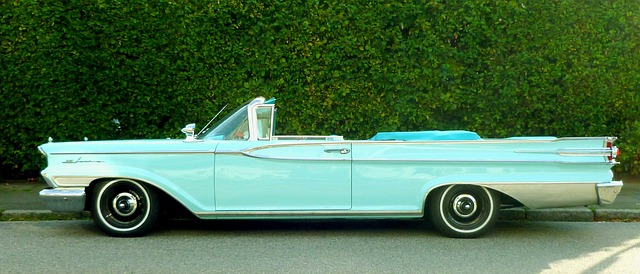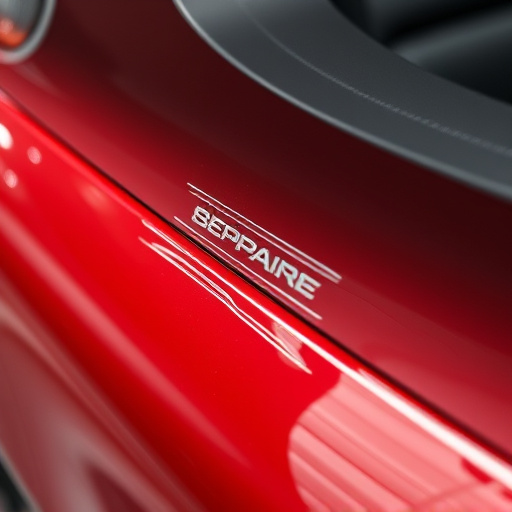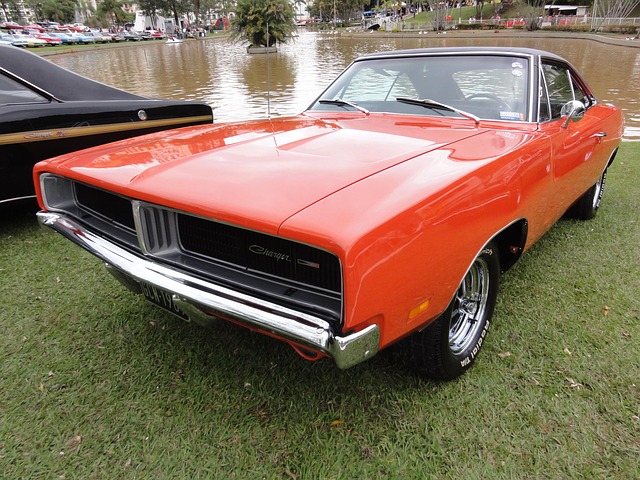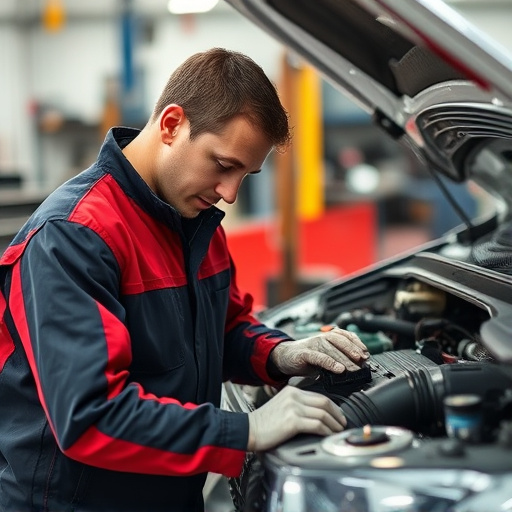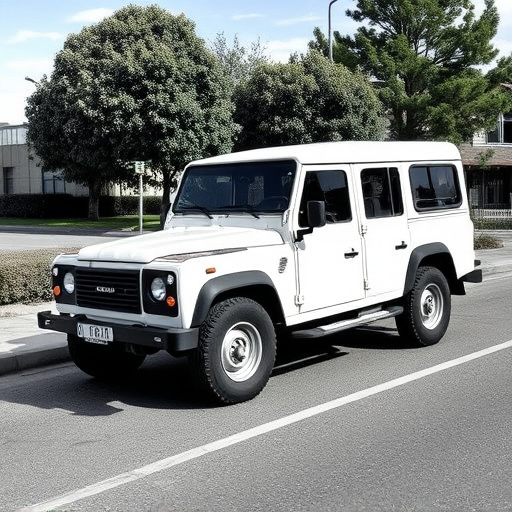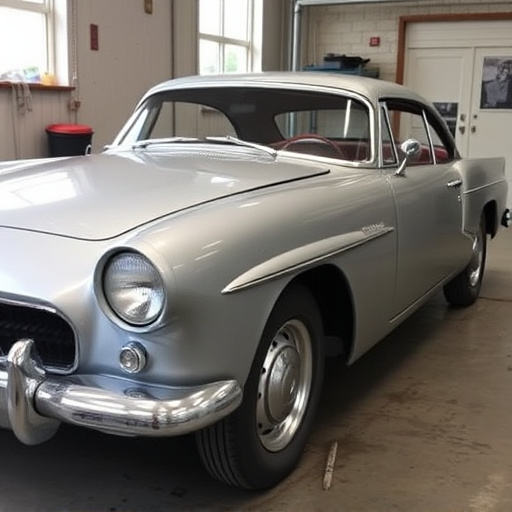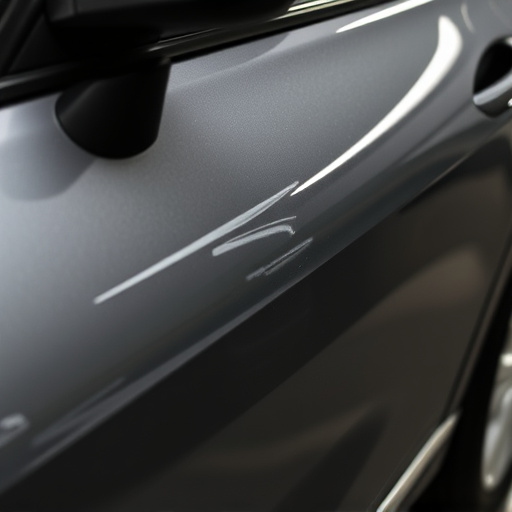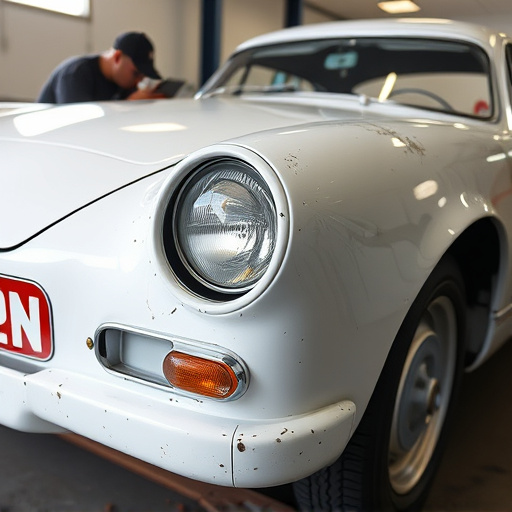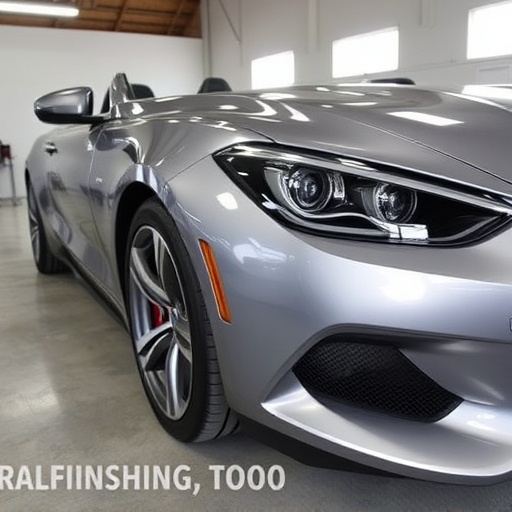Manual headlight alignment, using tools and precise measurements, is crucial for safety, especially preventing collisions by avoiding blinding opposing drivers. Computerized alignment offers accurate, repeatable adjustments, enhancing driver visibility under varying conditions and reducing misalignments that can cause accidents and damage. Proper alignment optimizes driving safety on curves and at night, minimizing blind spots and glare while saving on paint repairs.
In today’s automotive landscape, understanding the nuances between manual and computerized headlights alignment is paramount. While traditional methods rely on skilled technicians and rudimentary tools for manual headlight alignment, advanced technology now offers precise computerized alternatives. This article delves into these contrasting approaches, highlighting the benefits of computerized alignment in terms of safety, preventing costly headlight collision, and ensuring optimal driving visibility.
- Manual Headlight Alignment: Traditional Methods and Tools
- Computerized Alignment: Advanced Technology and Precision
- Safety Benefits: Preventing Headlight Collision with Correct Alignment
Manual Headlight Alignment: Traditional Methods and Tools
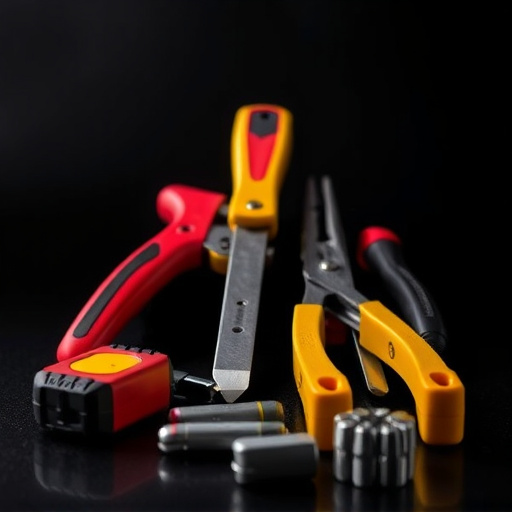
In the realm of automotive maintenance, manual headlight alignment involves traditional methods and tools that have been employed for decades. Mechanics use specialized equipment like height gauges, torches, and adjustable wrenches to meticulously adjust the position of headlights. This time-tested approach requires precision and skill, as even a slight misalignment can lead to significant issues, such as head-on collisions caused by blinding drivers on opposing lanes.
The process begins with the removal of the front grill and related components to access the headlight assembly. Mechanics then use precise measurements to adjust screws and brackets, ensuring both headlights are perfectly aligned. While manual alignment demands a high level of expertise, it remains crucial for luxury vehicle repairs, as many high-end cars have intricate lighting systems that require meticulous care during adjustments. Car repair services specializing in this area often pride themselves on maintaining the original manufacturer specifications, guaranteeing optimal performance and safety.
Computerized Alignment: Advanced Technology and Precision
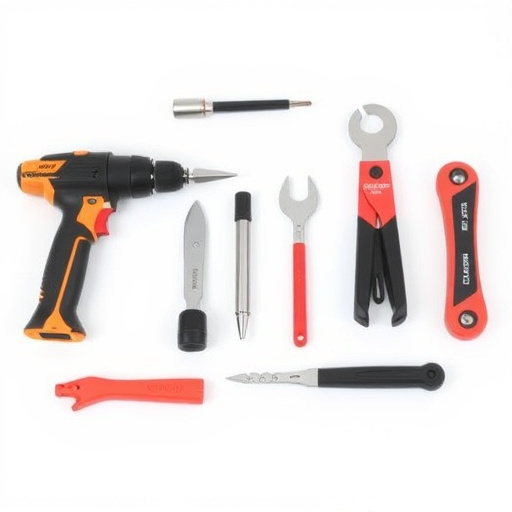
Computerized headlight alignment represents a significant leap forward in automotive technology. Unlike traditional manual methods, which rely on human eye and adjustment, this advanced system utilizes sophisticated sensors and software to ensure precise and exacting adjustments. By automating the process, computerized alignment not only reduces the risk of human error but also achieves results that are consistently repeatable. This level of precision is particularly crucial when addressing headlight alignment collision issues, ensuring that headlights are perfectly aligned after repairs or replacements, enhancing safety on the road.
Moreover, the integration of advanced technology in computerized alignment extends beyond mere accuracy. Modern systems can detect even the subtlest misalignments, taking into account various factors like vehicle dynamics and driving conditions. This holistic approach ensures not just proper headlight positioning but also optimal performance under different scenarios, including speed and cornering. As a result, drivers can enjoy improved visibility during vehicle collision repair or dent removal processes, contributing to safer driving experiences overall and highlighting the significance of this technology in the realm of vehicle body repair.
Safety Benefits: Preventing Headlight Collision with Correct Alignment
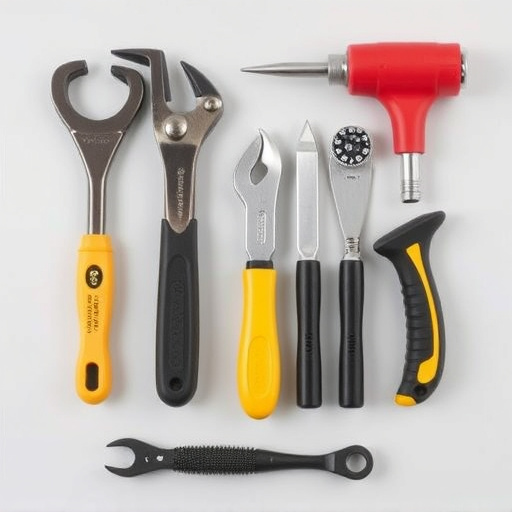
Proper headlight alignment is paramount for safety on the road. When headlights are correctly aligned, they illuminate the path ahead optimally, enhancing visibility and enabling drivers to navigate curves, intersections, and obstacles more effectively. This, in turn, reduces the risk of head-on collisions and side-impact accidents caused by inadequate lighting. In severe cases of misalignment, drivers may experience reduced beam distance, causing them to hit objects like guardrails or other vehicles, leading to significant car damage repair.
For instance, consider a driver navigating a twisty mountain road at night. Well-aligned headlights ensure the driver has adequate illumination around each bend, allowing for quicker reaction times and improved safety. Conversely, misaligned headlights can create blind spots, reduce overall visibility, and even cause glare, all of which contribute to potential hazards. Maintaining correct headlight alignment, therefore, not only prevents accidents but also minimizes the need for expensive car paint repair in case of collisions.
In conclusion, both manual and computerized headlight alignment methods offer distinct advantages. Manual alignment, relying on traditional tools, is suitable for basic adjustments but lacks precision. Computerized systems, with their advanced technology, provide exact calibration, ensuring drivers maintain optimal light distribution. Ultimately, proper headlight alignment is paramount to enhancing safety by preventing collisions and improving overall driving conditions.

